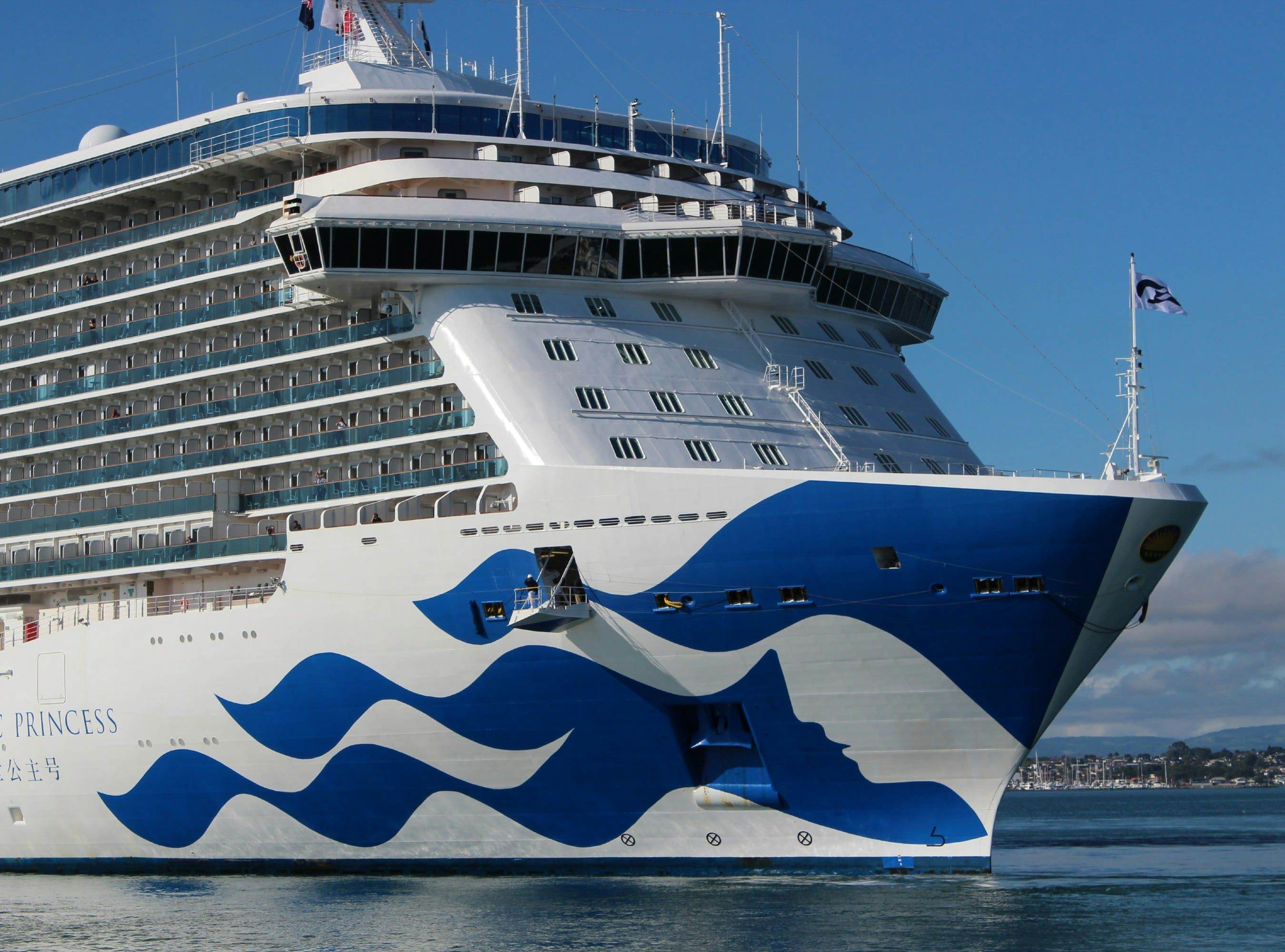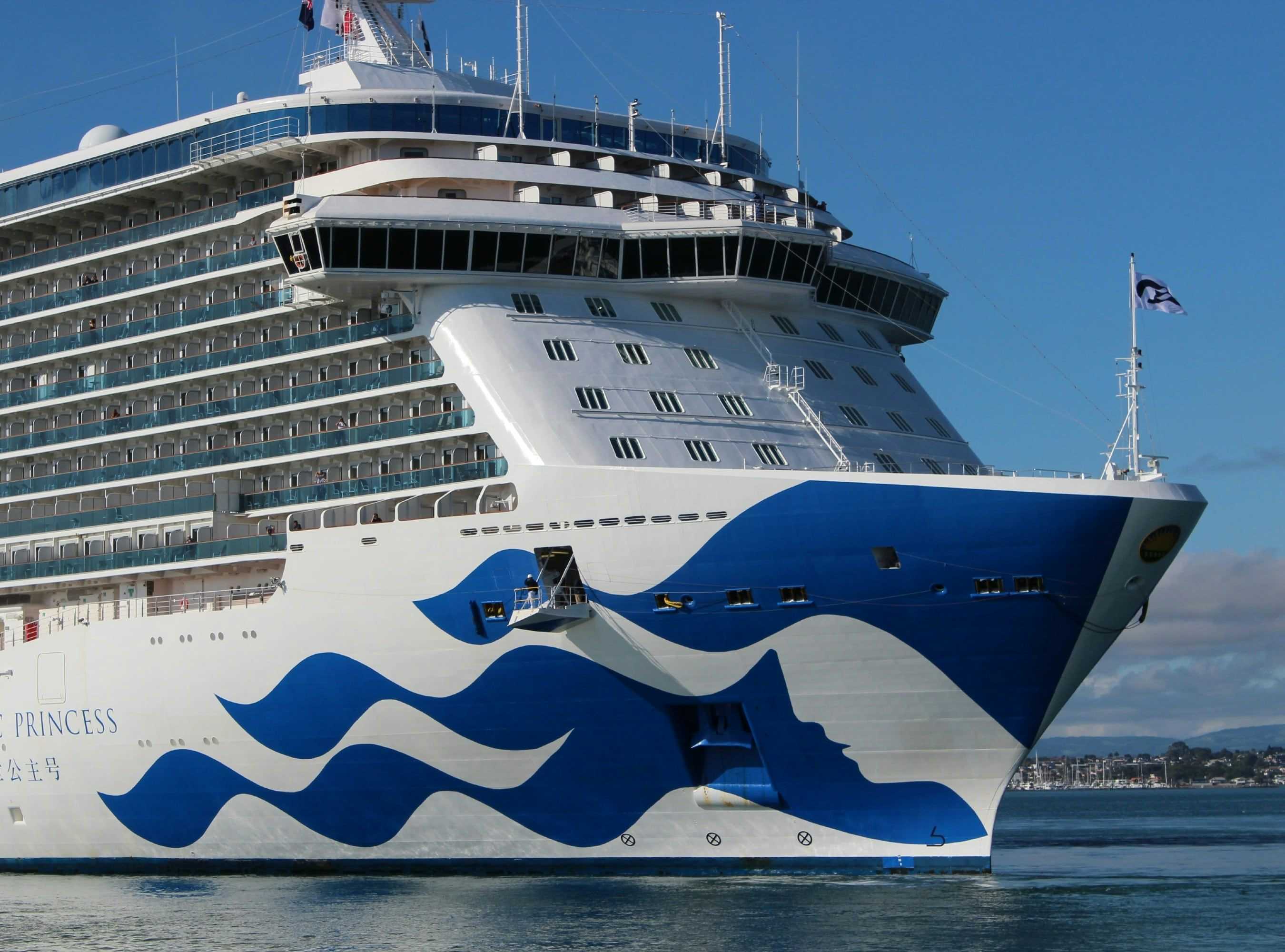The COVID-19 pandemic—among its many consequences—has created an unprecedented flurry of related litigation. From workplace safety complaints and business interruption insurance claims, to university closures and lawsuits seeking tuition refunds, COVID-19-based litigation seems to have infiltrated every aspect of day-to-day life—even vacations. Some of the very first cases to be filed due to COVID-19 were those against Princess Cruise Lines, with over a hundred cruise ship passengers alleging the Carnival Corporation’s cruise line acted negligently by failing to protect them from the virus.
The question of whether these cases are viable was partially answered by two federal judges in California who recently granted two separate motions to dismiss. The dismissal rulings address fundamental elements of causation and damages in a negligence claim, setting the tone for future COVID-19 cases to come.
The Dismissed Cruise Cases
On August 21, 2020, United States District Judge Dale Fischer, of the Central District of California, dismissed four cases filed by passengers of Princess Cruise Lines’ Ruby Princess ship, alleging that the plaintiffs contracted COVID-19 on the trip. In Rumrill, et al., v. Princess Cruise Lines, Ltd., the plaintiffs alleged that the defendant’s “lackadaisical approach to the safety of” its passengers and crew resulted in their illness which included physical pain and emotional distress.
The court dismissed the negligence and gross negligence claims, with leave to amend, on causation grounds. Specifically, the court found that the plaintiffs’ allegations in the complaint did not support the conclusion that they contracted COVID-19 on the defendant’s ship, noting that the plaintiffs departed on the ship from Sydney, Australia on March 8, 2020, returned on March 19, 2020, and then at some unstated time, flew to Florida to quarantine. Although the court held that “a plaintiff need not rule out all other possible causes of harm, the complaint must include factual allegations” so that the court can draw a reasonable inference that the defendant caused the alleged harm. In this case, the Court found that plaintiffs failed to allege key facts in determining causation, namely, the amount of time between the COVID-19 exposure and the date that they either tested positive or experienced symptoms of the virus.
These sentiments as to causation were echoed in late September 2020, when United States District Court Judge R. Gary Klausner dismissed another negligence action against Princess Cruise Lines, wherein the plaintiffs claim the defendants did not advise them that passengers from a previous trip had COVID-19 symptoms. The court held that the plaintiffs did not sufficiently establish when they started experiencing symptoms or when they had tested positive for COVID-19. Interestingly, the plaintiffs’ claims of intentional infliction of emotional distress were left standing.
Insufficient Injuries for a COVID-19 Claim
Causation is not the only element of negligence that has been called into question. Days before the Rumrill ruling, on August 17, 2020, United States District Judge Dean Pregerson, also of the Central District of California, dismissed a lawsuit filed by a Canadian couple who had alleged they contracted COVID-19 after sailing on a Princess Cruises Lines cruise from San Francisco. During the telephonic hearing, the court raised concerns that the plaintiffs’ injuries were de minimus, noting that, “[o]bviously, the Virus—capital V—has disrupted everything…And, you know, it strikes me that it may be unclear in the complaint that there’s any injury.” The court found that the wide range of symptoms and severity associated with COVID-19, with some being completely asymptomatic, has “wreaked havoc on the usual norms” of determining injuries in tort actions.
Judge Pregerson’s decision comes on the heels of a July 14, 2020 ruling by Judge Klausner which dismissed 13 lawsuits against the Princess Cruise Lines for emotional distress. The plaintiffs in these suits, dubbed the “Fear Cases,” did not contract COVID-19, but rather, brought suit for the emotional distress and trauma that stemmed from finding out they were potentially exposed to the virus while on the trip. As the court held, such cases “would lead to a flood of trivial suits” as well as “open the door to unlimited and unpredictable liability.”
Challenges for Future Cases
Like any case of first impression, negligence claims related to COVID-19 are still in their infancy so it will take time to fully develop and set forth meaningful interpretation through case law. There is pertinent information, however, that can be gleaned from the two California dismissal rulings that can provide insight into the challenges of these cases and how to overcome them. As seen in Rumrill and others, causation remains a critical issue in the context of a cruise ship, despite a plaintiff’s exposure being ostensibly limited to one location.
The causation questions raised in cruise ship cases are indicative of the even greater causation issues present in other lawsuits. If a plaintiff who is relatively secluded for a week or more on a cruise ship has difficulty proving they were exposed to the virus at that time, it will be a much greater hurdle for plaintiffs to prove exposure when their freedom of movement is less restricted and their chance of exposure is essentially limitless. As such, exposure cases against businesses and places of employment will likely see ramifications from the causation rulings made in the cruise line lawsuits. As lawyers for Princess Cruise Lines wrote in several dismissal motions: “[A]nyone with a positive COVID-19 test could pick the deepest-pocketed business they visited and claim they are entitled to millions of dollars in damages simply because another individual who later tested positive had been in the same area previously.”
As to the plaintiff’s injuries, it is still unclear as to what allegations of harm would suffice to survive a motion to dismiss. Judge Klausner’s recent decision on July 14, 2020, has established that mere exposure is insufficient, yet Judge Pregerson’s holding suggests even virus contraction does not ensure a plaintiff has suffered sufficient injury. For plaintiffs that have suffered injuries from COVID-19 that are not extreme enough to result in hospital stays or ventilators, the complaint must thoroughly allege the particularized injuries that go above and beyond symptoms “akin to the common cold,” as Judge Pregerson suggests. Though, since the long-lasting effects of COVID-19 are still unknown, it may be possible that plaintiffs can suffer from a slew of injuries of which they are unaware, which is another aspect of damages that should be kept in mind. Overall, the lawsuits against cruise lines for virus exposure function as a microcosm of the greater legal ramifications of COVID-19 litigation. And like almost every legal issue posed by this pandemic, these cases are worth keeping an eye on.




